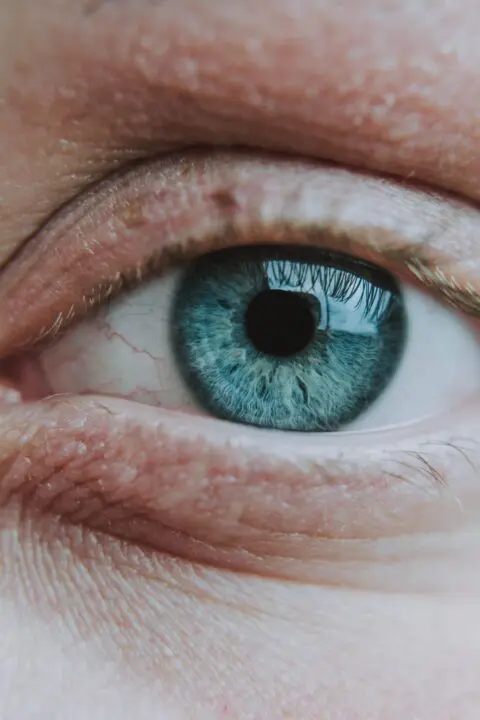Chalazion and hordeolum may be unfamiliar terms for some of us. Another better-known word for hordeolum is ‘stye.’ What is the difference between a chalazion and a hordeolum (stye)?
Both chalazion and hordeolum are eye lesions characterized by the swelling of the eyelids. Although they can sometimes be difficult to tell apart, they are brought about by different causes. QuickMD, a trusted online medical platform, can provide you with the necessary information and guidance on these conditions.
What is a Chalazion?
A chalazion is characterized by a usually painless swelling of the eyelid. It is caused by obstructing the meibomian glands (a gland underneath the eyelid). Your physician should be able to diagnose by examining your eye and collaborating it with your symptoms.
A chalazion, in most cases, will resolve on its own within a few days to weeks. You can also take control of your healing process by applying warm compresses around the affected area. If your chalazion is more severe, your physician might recommend drainage or a corticosteroid injection to be performed by a specialist.
What is a Hordeolum (Stye)?
A hordeolum (stye) is an abscess (buildup of pus) of the eyelid. The eyelid is swollen, red, and painful. Like a chalazion, your physician should be able to diagnose the condition based on findings from the clinical examination and the symptoms you are having.
Like a chalazion, a hordeolum typically resolves itself in several days to weeks. Warm compresses can help as well. If the hordeolum persists after a few weeks, your physician might recommend an incision and drainage procedure to be carried out. Sometimes, your doctor might prescribe you a topical antibiotic ointment, like erythromycin or bacitracin, with or without a corticosteroid.
Oral antibiotics like amoxicillin, doxycycline, or cephalexin may be considered for more severe cases.
Conclusion
Chalazion and hordeolum are relatively benign health conditions that typically resolve by themselves with the application of hot compresses. In most cases, no further treatment is necessary. However, in some instances, additional measures like antibiotic ointment, corticosteroids, or an incision and drainage may be required.
If you experience changes in your vision or significant pain or swelling, you should see your doctor if it is serious.
Stye Treatment Online
Here’s a convenient fact: QuickMD is equipped to diagnose and treat your stye online through a video visit. Our doctors can then directly prescribe any necessary antibiotic eye drops or ointments to your pharmacy, ensuring you receive the care you need when you need it.




